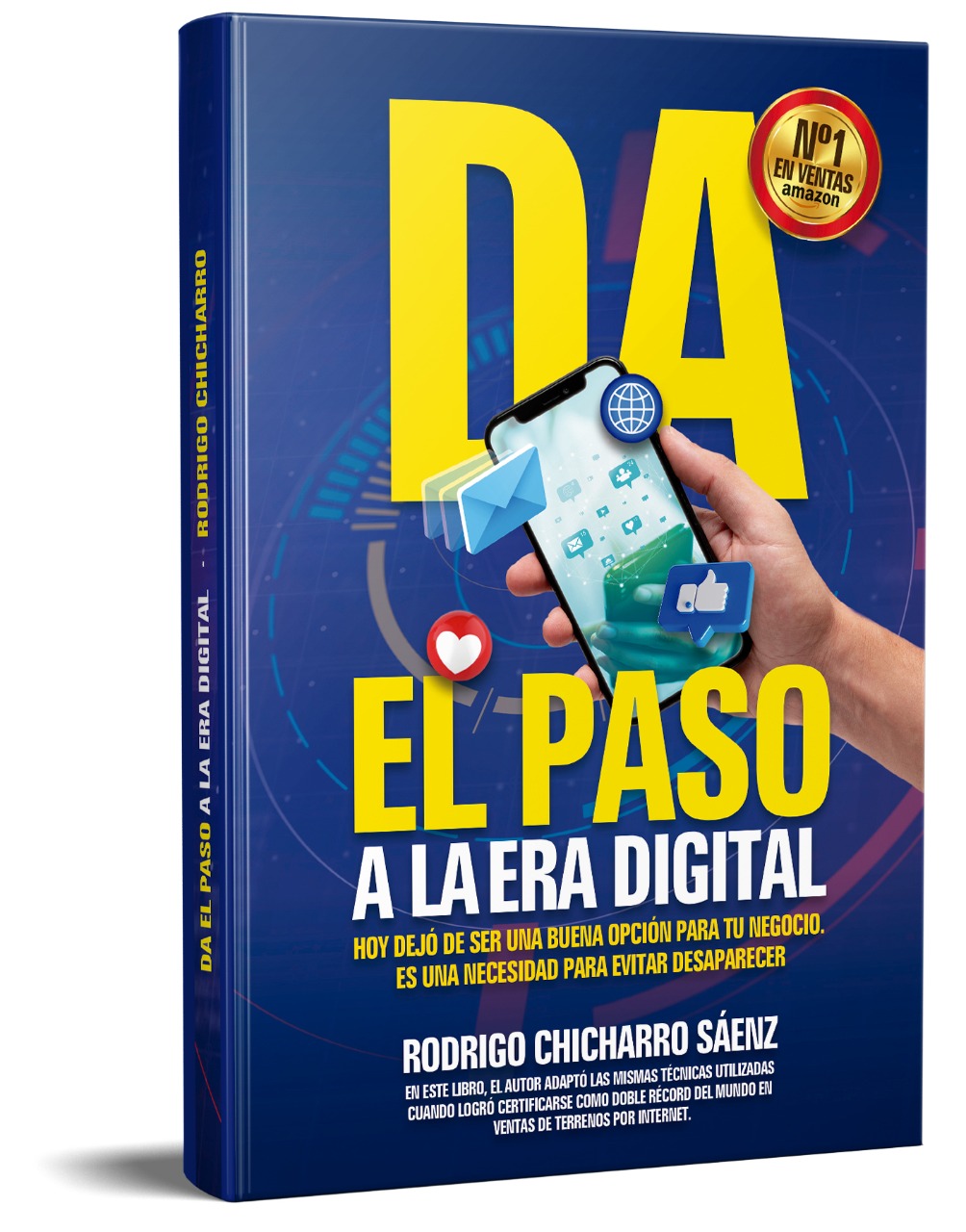Together with stratigraphic principles, radiometric courting strategies are used in geochronology to establish the geologic time scale.[3] Among the best-known techniques are radiocarbon courting, potassium–argon relationship and uranium–lead relationship. By permitting the establishment of geological timescales, it supplies a significant source of information about the ages of fossils and the deduced charges of evolutionary change. Radiometric dating can be used thus far archaeological supplies, together with ancient artifacts. In 1946, Willard Libby (1908–1980) developed a technique for courting natural supplies by measuring their content material of carbon-14, a radioactive isotope of carbon. The method is now used routinely all through archaeology, geology and different sciences to determine the age of historic carbon-based objects that originated from residing organisms. Libby’s discovery of radiocarbon dating supplies goal estimates of artifact ages, in contrast to previous strategies that relied on comparisons with other objects from the identical location or culture.
Isotopes are totally different versions of the identical element (e.g., carbon, uranium, potassium); they have the same number of protons, which is why the identity of the component does not change, however different numbers of neutrons. This in turn relies on information of isotopes, some of which are “radioactive” (that is, they spontaneously emit subatomic particles at a known rate). At the time, no radiation-detecting instrument (such as a Geiger counter) was delicate enough to detect the small amount of carbon-14 that Libby’s experiments required. Libby reached out to Aristid von Grosse (1905–1985) of the Houdry Process Corporation who was in a position to present a methane pattern that had been enriched in carbon-14 and which might be detected by current instruments.
Willard libby and radiocarbon dating
He went to Columbia University instead, working to supply enriched uranium for the nation’s atomic weapons program.
Willard libby’s concept of radiocarbon dating
Carbon-14 decays into nitrogen-14 in the shortest half-life of all the methods (5,730 years), which makes it good for courting new or latest fossils. It is generally solely used for natural supplies, that is, animal and plant fossils. The half-life of uranium-238 is 4.forty seven billion years, whereas that of uranium-235 is 704 million years. Scientists interested in determining the age of a fossil or rock analyze a pattern to determine the ratio of a given radioactive element’s daughter isotope (or isotopes) to its father or mother isotope in that sample.
Some things in nature disappear at a kind of constant fee, no matter how a lot there’s to begin out with and the way much remains. For example, certain drugs, together with ethyl alcohol, are metabolized by the body at a exhausting and fast variety of grams per hour (or whatever units are most convenient). If somebody has the equal of five drinks in his system, the physique takes 5 instances as long to clear the alcohol as it will if he had one drink in https://datingproreview.com/tikdating-review/ his system. To test the method, Libby’s group utilized the anti-coincidence counter to samples whose ages have been already identified. Among the primary objects examined have been samples of redwood and fir timber, the age of which have been known by counting their annual growth rings. They additionally sampled artifacts from museums such as a chunk of timber from Egyptian pharaoh Senusret III’s funerary boat, an object whose age was identified by the document of its owner’s death.
As radioactive decay happens over time, increasingly more of this most typical isotope “decays” (i.e., is converted) into a special isotope or isotopes; these decay merchandise are appropriately known as daughter isotopes. Specifically, a course of known as radiometric relationship permits scientists to determine the ages of objects, together with the ages of rocks, ranging from hundreds of years old to billions of years old to a fabulous degree of accuracy. So to find a way to date most older fossils, scientists search for layers of igneous rock or volcanic ash above and below the fossil. Scientists date igneous rock using elements which might be gradual to decay, similar to uranium and potassium. By dating these surrounding layers, they will determine the youngest and oldest that the fossil might be; this is called “bracketing” the age of the sedimentary layer during which the fossils occur.
Predictions about carbon-14
Different methods of radiometric dating range within the timescale over which they’re correct and the supplies to which they are often applied. The half-life of potassium is 1.25 billion years, making this technique useful for courting rock samples ranging from about a hundred,000 years ago (during the age of early humans) to around four.three billion years ago. Potassium could be very ample within the Earth, making it nice for courting as a outcome of it is present in some levels in most sorts of samples.
